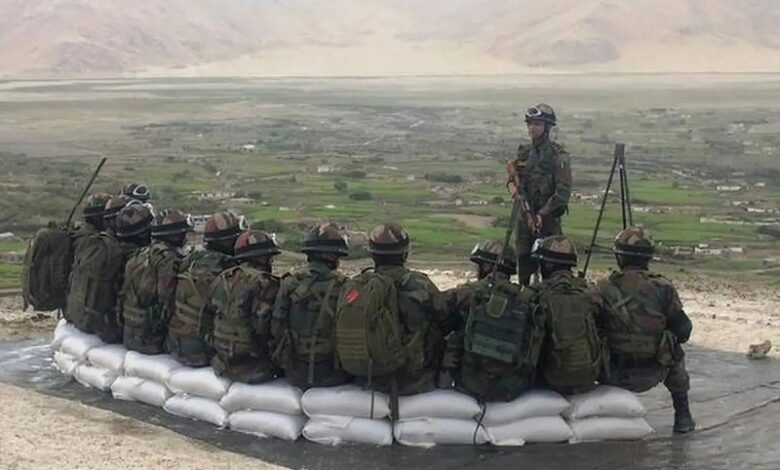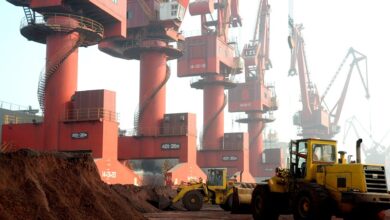
A recent informal meeting between the top leaders of India and China, aimed at fostering better relations, has taken an unexpected turn as China’s foreign ministry released a statement suggesting that the initiative for this meeting had sprung from New Delhi. However, sources within India’s Ministry of External Affairs (MEA) swiftly contradicted this claim, asserting that the meeting was in response to China’s own pending request for a bilateral discussion. This unsettling incident is not isolated, shedding light on a series of questionable actions by China.
Despite China’s diplomatic rhetoric about maintaining “peace and tranquillity in the border region,” a recently scrutinized visual evidence by news agency India Today’s Open Source Investigation Team (OSINT) has cast doubts on the authenticity of China’s stance along its western borders. While discussions of disengagement and de-escalation were ongoing, satellite imagery examined by OSINT has revealed an ongoing and rapid construction of new military installations within the Aksai Chin region.
The satellite images, obtained from Maxar Technologies, a U.S.-based space company renowned for its high-quality imagery, have depicted a sprawling military facility under swift expansion. This facility includes surveillance radars, emerging roads, and various under-construction structures sprawling across an extensive area of approximately 250 hectares. The most striking aspect is the proximity of these constructions – merely 65 km from the Line of Actual Control (LAC) – and their emergence during a period when both nations were actively engaged in border negotiations.
A closer analysis of the satellite images reveals that the construction activity peaked soon after the thawing of snow earlier this year. The images captured on August 18 unmistakably portray what appears to be a combination of PLA’s YLC-4 and YLC-8 long-range surveillance radars. These installations are strategically positioned and complemented by multiple subterranean structures, hinting at their potential tactical importance for the Chinese military.
The implications of these expansive and seemingly permanent military installations are grave, raising concerns about the prospects of sustained peace along the LAC in the long run. Although some constructions, such as roads, storage facilities, residential units, and administrative buildings, appear to be nearing completion, recent imagery – as recent as the past week – exposes the continuation of construction operations, suggesting an ongoing expansion of the site.
Remarkably, the construction activities persist in an area characterized by extreme altitudes, surpassing five thousand meters above sea level. The presence of earth-moving machinery, sizeable construction trucks, and cement mixing apparatus attests to the active nature of this site’s development. These constructions unfold against the backdrop of reports detailing the challenges faced by PLA soldiers in adapting to the harsh environment and severe cold conditions of the region following the border standoff that erupted in May 2020.
What adds complexity to this situation is the replacement of temporary PLA settlements – used for an extended period during the standoff – with more permanent military complexes just a few kilometers away from the forward locations. The connectivity of these facilities is evident through blacktop roads, indicating a significant investment in enhancing accessibility to these installations.
The swiftness of construction activities over the past three to four months has cast a shadow of skepticism over the prospects of maintaining lasting peace along the LAC in the region. It becomes increasingly likely that, despite a potential withdrawal of troops from the standoff locations, the PLA will maintain a substantial and possibly even larger military presence compared to the pre-standoff period. The presence of underground facilities with potential strategic importance for the Chinese armed forces further complicates the situation, adding layers of uncertainty.
News Mania Desk / Agnibeena Ghosh 26th August 2023






